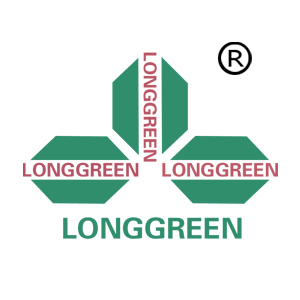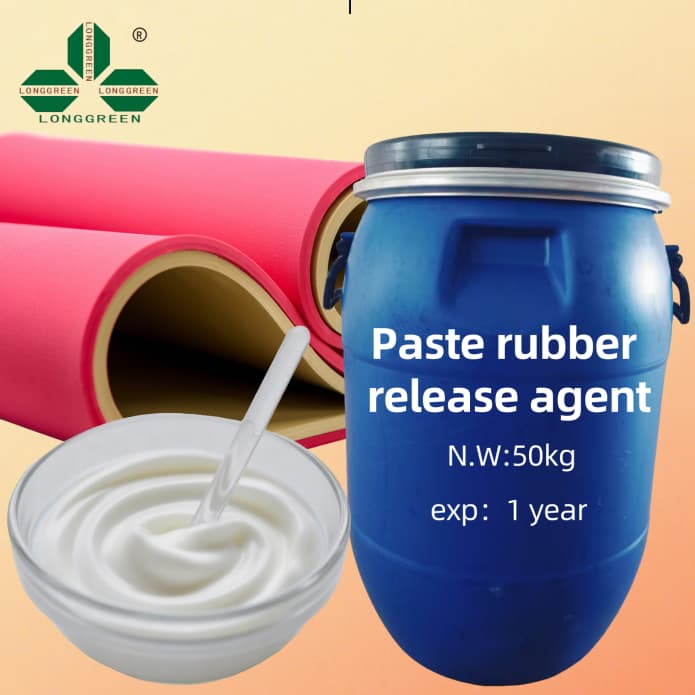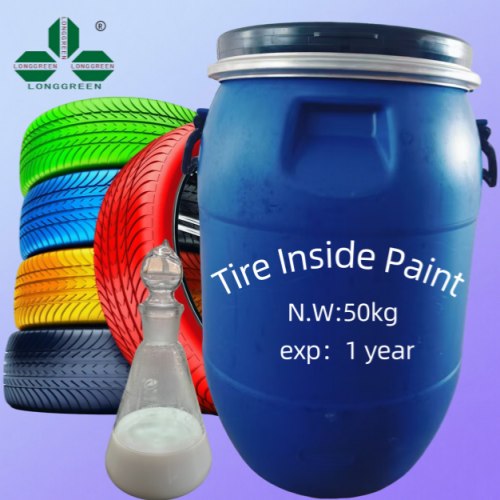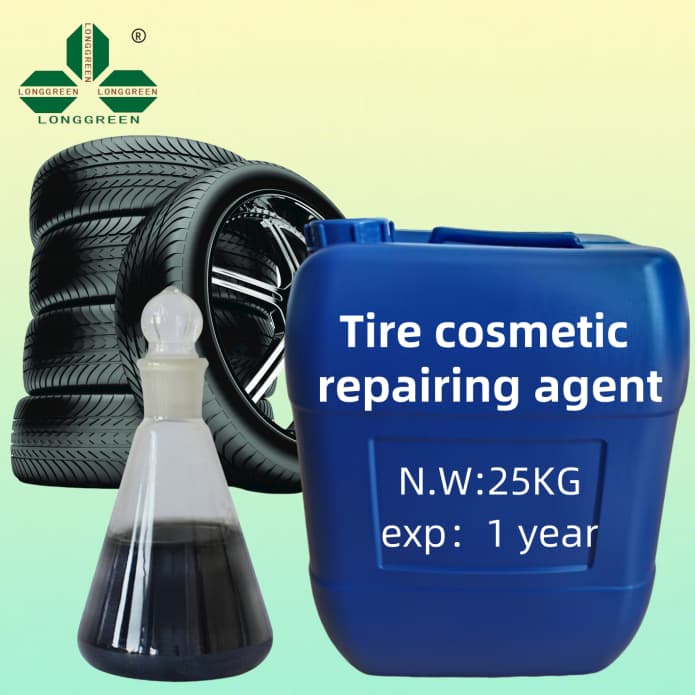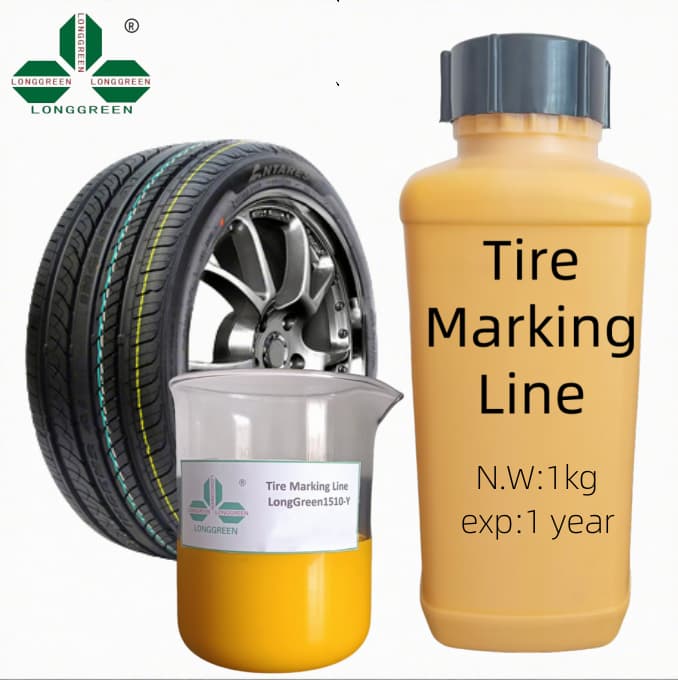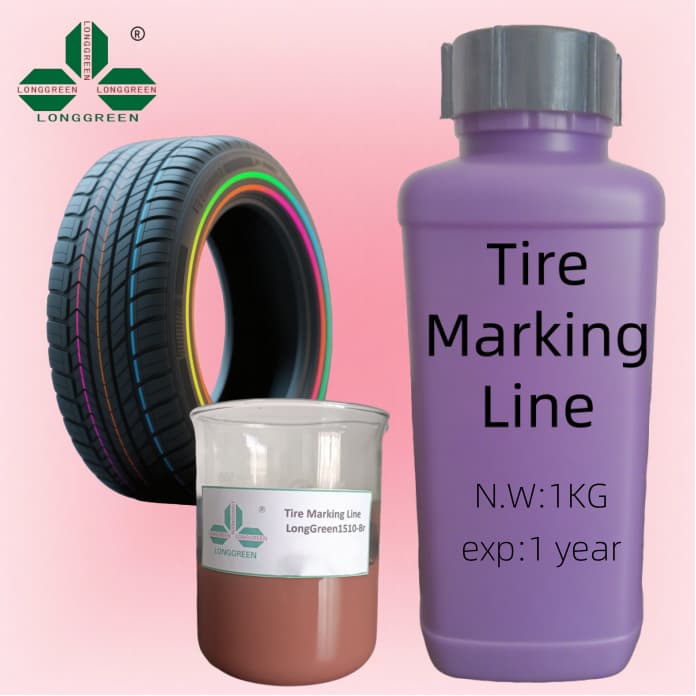The global polymer industry is witnessing a steady push for enhanced efficiency and product performance, and at the heart of this advancement lies the Vulcanized Polymer Crosslinking Rate Activator. This specialized additive has emerged as a game-changer, addressing long-standing challenges in the vulcanization process of polymers, which is critical for improving the mechanical strength, elasticity, and durability of rubber and plastic products.
In traditional polymer vulcanization, achieving optimal crosslinking often requires extended processing times and precise temperature control, leading to increased production costs and potential inconsistencies in end-product quality. It directly tackles these issues by accelerating the crosslinking reaction between polymer chains. By reducing the time needed for vulcanization, manufacturers can streamline their production lines, boost output, and minimize energy consumption—key factors in today’s competitive industrial landscape.
One of the most notable advantages of the Vulcanized Polymer Crosslinking Rate Activator is its versatility. It is compatible with a wide range of polymer types, including natural rubber, synthetic rubber, and various thermosetting plastics, making it suitable for use in diverse applications such as automotive tires, industrial hoses, consumer goods, and construction materials. In the automotive sector, for instance, the activator helps produce tires with improved wear resistance and heat stability, contributing to safer and longer-lasting vehicles.
Industry experts highlight that it also plays a role in sustainability efforts. By shortening processing cycles, it reduces the carbon footprint of polymer manufacturing operations. Additionally, the enhanced crosslinking efficiency enabled by the activator can extend the lifespan of end products, reducing waste and promoting a circular economy within the industry.
Recent market trends indicate a growing demand for the Vulcanized Polymer Crosslinking Rate Activator, driven by the expansion of sectors like automotive, construction, and electronics—all of which rely heavily on high-performance polymer materials. As manufacturers continue to seek ways to optimize production and meet evolving quality standards, the activator is expected to remain a vital component in the polymer processing toolkit.
Looking ahead, ongoing research and development in the field of polymer additives may lead to further improvements in the performance of the Vulcanized Polymer Crosslinking Rate Activator. Innovations could focus on enhancing its compatibility with new polymer formulations or increasing its efficiency at lower temperatures, opening up even more possibilities for its application across the industry. For now, though, the Vulcanized Polymer Crosslinking Rate Activator stands as a proven solution, driving progress and efficiency in polymer manufacturing worldwide.
